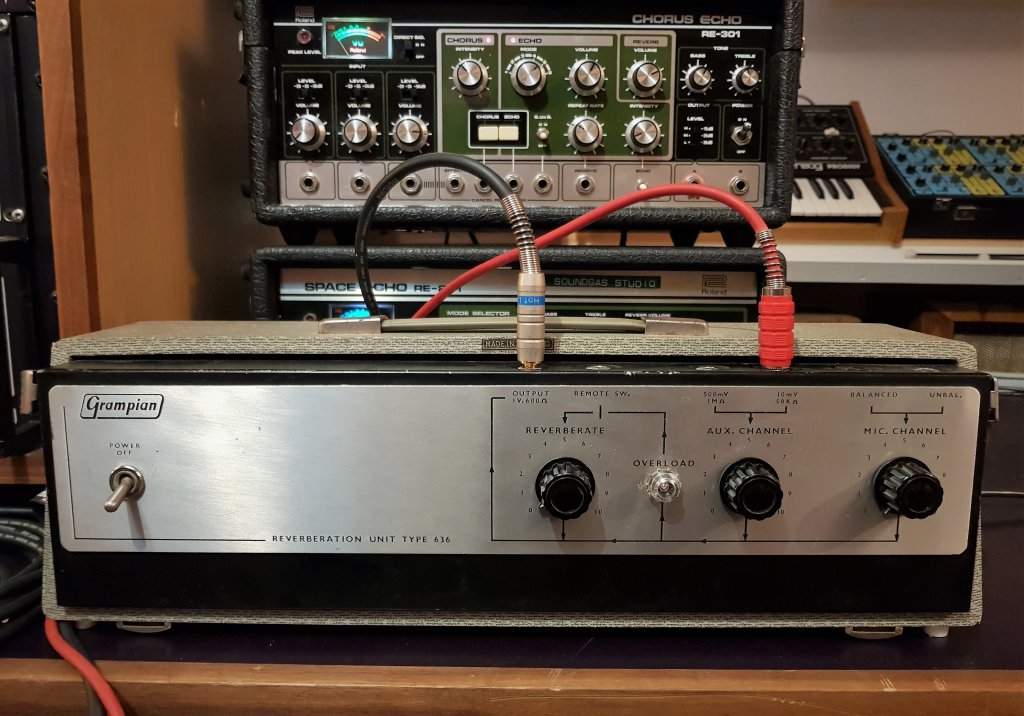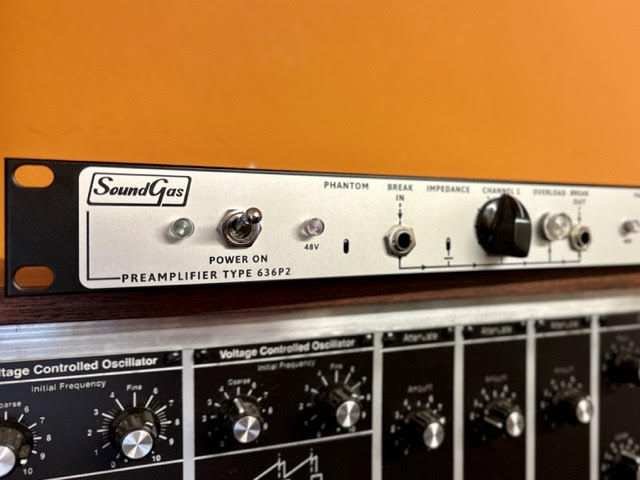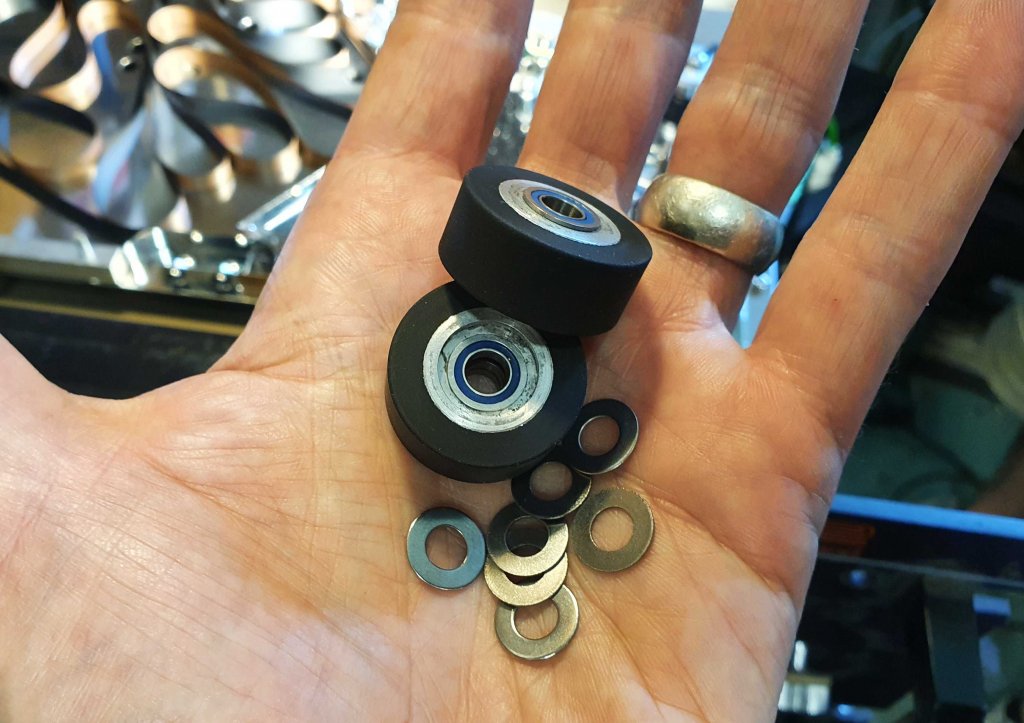
Grampian User Tips
Some useful and important things to note when using your Grampian Type 636. By no means a full user guide, but this should help you integrate this old piece of kit into a modern set up.
We also have copies of the original operating instructions and schematics to dig into and download.
- MOST IMPORTANT! – The original sockets are not built to accept modern quarter inch jacks, they are actually BBC/GPO Type B quarter inch sockets – if you force modern jacks into the sockets you will eventually break the socket connections. Replacing them with modern sockets is the simple solution adopted by most users.
- We love punishing our Grampians by overloading the inputs, but beware as sustained high inputs can burn out the all-important pilot lamp bulb. It would be possible to modify the input to the bulb with one resistor in series and one in parallel to lower the input level while keeping the same impedance, although that’s not something we’ve done on ours (we just keep a stock of replacement bulbs!).
- On some units, you can get a wet-only signal from the Remote Output socket, but this would need re-amplifying – it’s not line-level out.
- The mic input has both balanced and unbalanced input options, and there are two auxiliary channel inputs – the 10mV/50k ohm input is great for guitar and also for maximum distortion levels – the second input is 500mV/1M ohm.
- Output is rated at 1V 600 ohms.
- There are controls for on/off via a toggle switch, Reverberate which controls the spring reverb level, and input gain controls for the Mic and Aux Channels linked to the Overload lamp circuit.
- Some are 240v mains powered, others run on 9v ‘lantern’ type batteries.
Tags:







